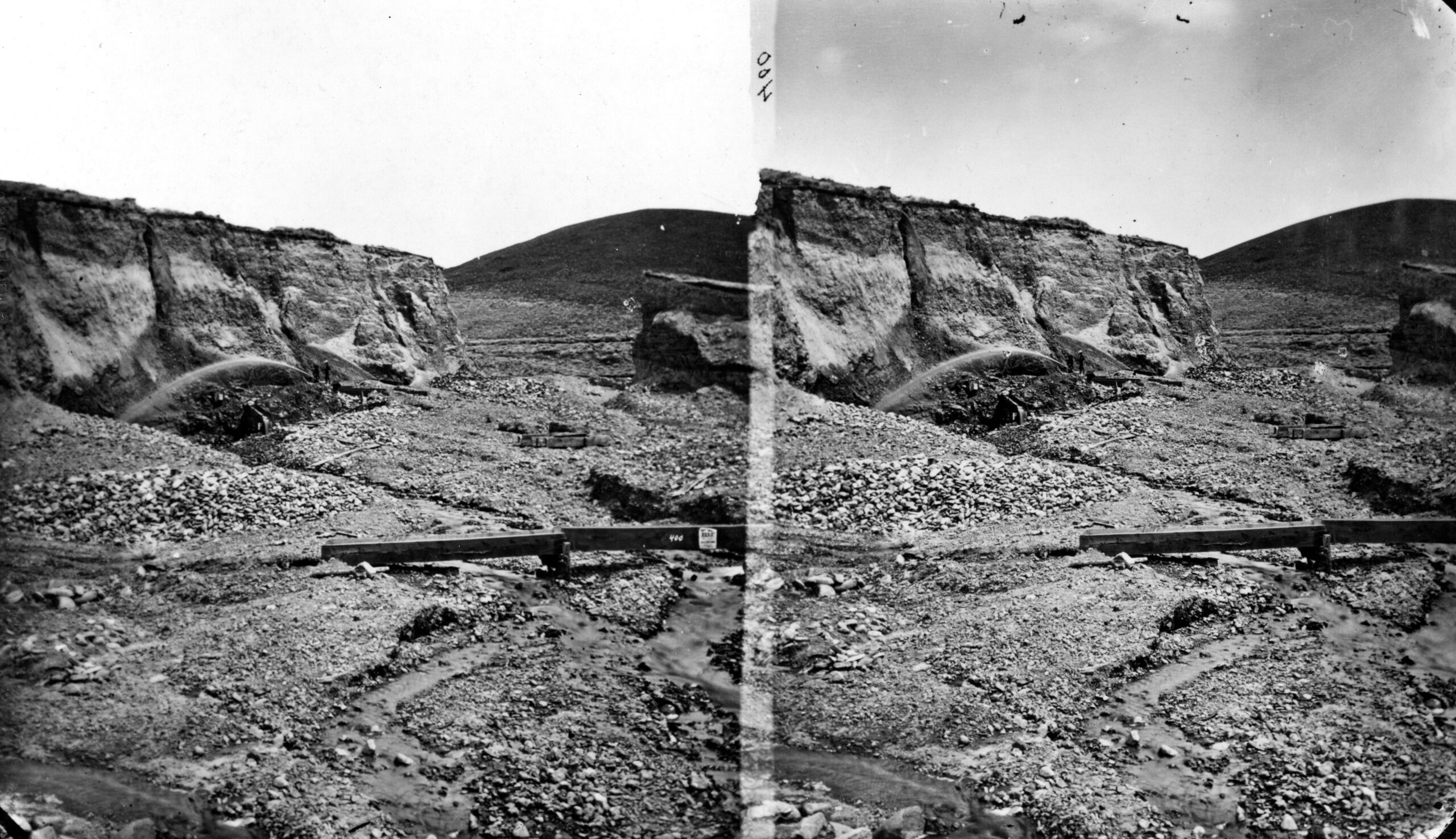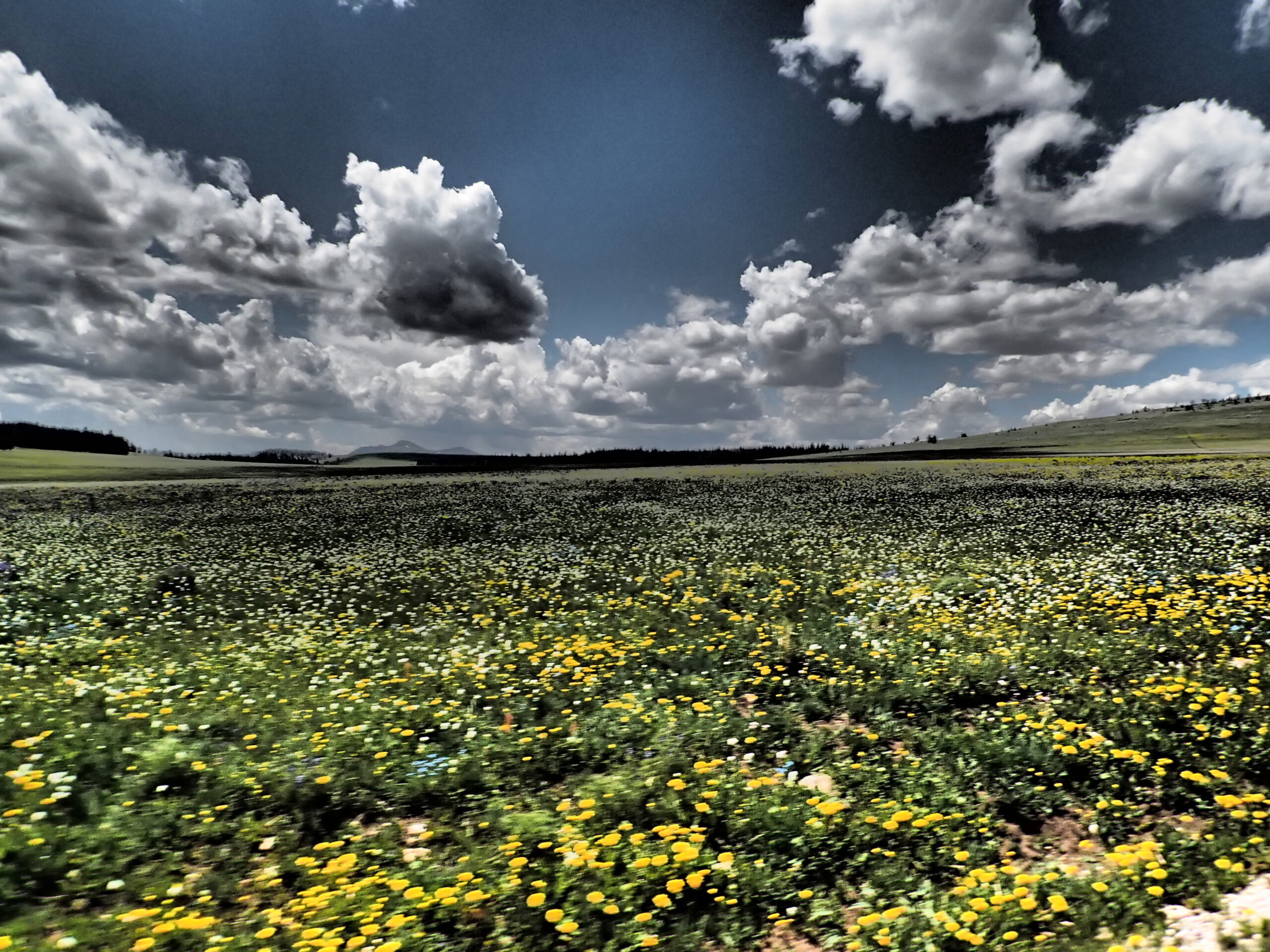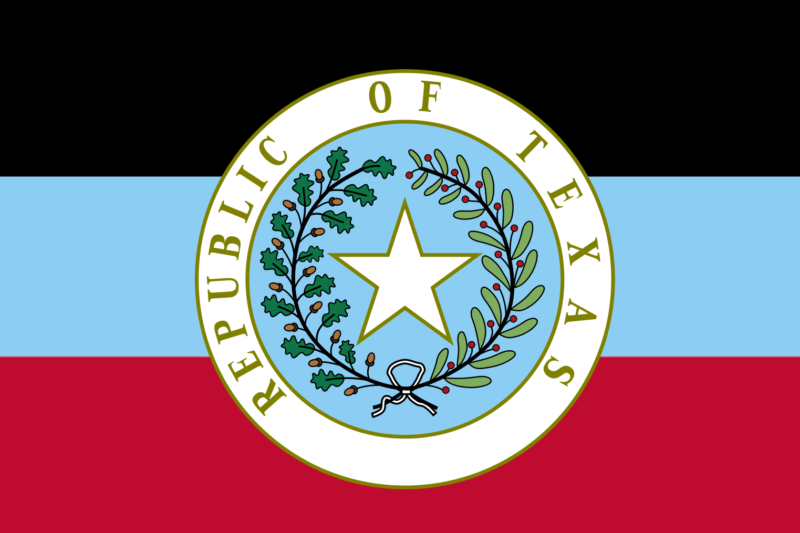Montana’s Unique Economic Landscape
Montana boasts a unique economic landscape that’s as diverse as its breathtaking scenery. Known for its wide-open spaces, this state has industries that are deeply intertwined with its natural resources. Agriculture, mining, and tourism play significant roles in shaping Montana’s economy. Unlike more urbanized states, Montana has made the most of its rural setting by focusing on industries that leverage its vast lands and natural beauty. The economic structure here is not just about making profits; it’s about sustainable growth that respects the environment. This balance makes Montana a fascinating subject for economic study.
Agriculture: The Backbone of Montana
Agriculture is a cornerstone of Montana’s economy, serving as the backbone for many communities. The state is a leading producer of wheat, barley, and beef cattle. Farmers and ranchers have adapted to the challenging climate, using innovative techniques to improve yields. This sector employs a significant portion of the population, providing stability and growth to rural areas. The importance of agriculture goes beyond economics; it’s a way of life for many Montanans. Its impact is reflected in the culture and traditions that make the state unique.
Mining: Riches Beneath the Surface

Montana is rich in mineral resources, with mining playing a crucial role in its economy. The state is known for its deposits of copper, gold, and silver, which have been mined for over a century. These resources have attracted investments and provided jobs, contributing significantly to local economies. Mining operations are subject to strict environmental regulations to ensure sustainability. The industry’s importance is undeniable, with its history intertwined with the state’s development. Mining in Montana is not just about extracting resources; it’s about preserving a legacy.
Tourism: A Natural Attraction

Tourism is a vital part of Montana’s economic fabric, drawing millions of visitors each year. The state’s stunning landscapes, including Glacier National Park and Yellowstone, are major attractions. Tourism supports local businesses, from hotels to restaurants, providing jobs and stimulating economic activity. The industry is growing, with efforts to promote eco-friendly tourism that preserves the natural beauty. Montana’s appeal lies in its ability to offer an authentic experience, connecting visitors with nature. This connection is a driving force behind the thriving tourism sector.
Energy Sector: A Powerhouse of Growth
Montana’s energy sector is a powerhouse, contributing significantly to the state’s economy. The state has abundant coal reserves and is a leader in renewable energy production, particularly wind. This diverse energy mix ensures stability and growth, with investments in infrastructure and technology. The energy sector provides high-paying jobs and supports local communities. Montana’s commitment to sustainable energy solutions reflects a forward-thinking approach, balancing economic growth with environmental stewardship. The energy landscape here is a testament to innovation and resilience.
Small Business: The Heart of Local Economies
Small businesses are the heart of Montana’s local economies, driving innovation and community development. From family-owned shops to tech startups, these enterprises contribute to the state’s economic diversity. Small businesses provide jobs, support local supply chains, and foster a sense of community. The state’s supportive business environment, with low taxes and minimal regulations, encourages entrepreneurship. In Montana, small businesses are more than economic entities; they are part of the social fabric, reflecting the values and aspirations of their communities.
Education and Workforce Development
Education and workforce development are critical to Montana’s economic success. The state invests in quality education, preparing students for diverse career opportunities. Workforce development programs align with industry needs, ensuring a skilled labor force. These initiatives support economic growth by attracting businesses seeking qualified employees. Montana’s commitment to education reflects its understanding of the link between knowledge and prosperity. The focus on lifelong learning and skills development prepares the state for future challenges and opportunities.
Technology and Innovation: A New Frontier
Technology and innovation are emerging as new frontiers in Montana’s economy. The state is home to a growing tech sector, with companies focusing on software development, biotechnology, and more. Innovation hubs and incubators support startups, fostering a culture of creativity and collaboration. The tech industry attracts young professionals, contributing to urban development and economic diversification. Montana’s embrace of technology is a strategic move, positioning the state as a competitive player in the digital age. This shift reflects a forward-looking vision that integrates tradition with modernity.
Transportation and Infrastructure: Connecting Communities
Transportation and infrastructure are vital for connecting Montana’s communities and supporting economic activities. The state invests in roads, bridges, and public transit, ensuring accessibility and mobility. These investments facilitate trade, tourism, and daily commutes, enhancing quality of life. Infrastructure development supports local economies by creating jobs and attracting businesses. Montana’s focus on building resilient infrastructure reflects its commitment to sustainable growth. The state’s strategic planning ensures that transportation networks meet the needs of both urban and rural areas.
Real Estate and Housing Market
Montana’s real estate and housing market is a dynamic component of its economy. The state has seen a surge in demand for housing, driven by population growth and interest from out-of-state buyers. This demand has led to rising property values and increased construction activities. The housing market supports various industries, from construction to finance, contributing to economic growth. Montana’s real estate landscape reflects broader trends, with a focus on sustainable development and community planning. The state’s approach to housing balances growth with the preservation of its unique character.





